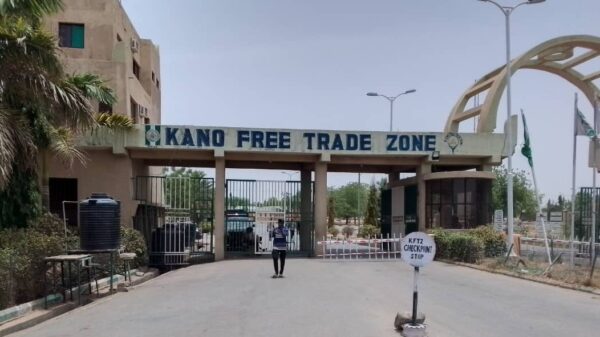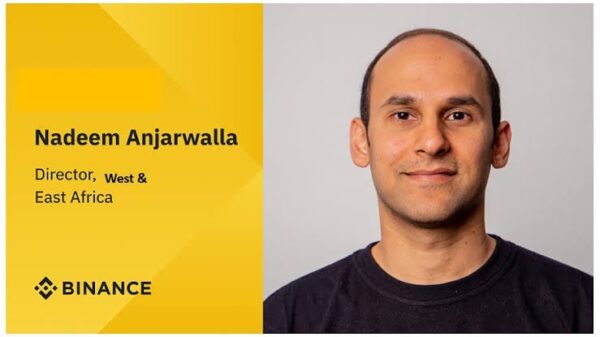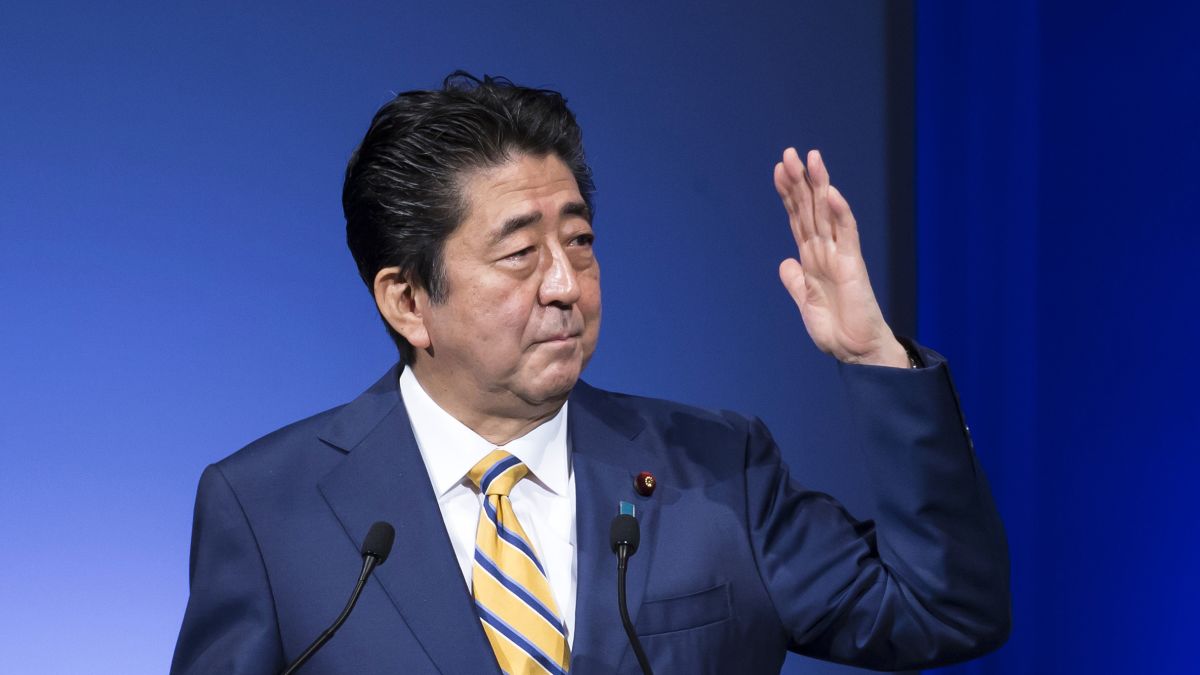By Babatope Falade
“When markets shift, technologies proliferate, competitors multiply, and products become obsolete almost overnight. Successful companies are those that consistently create new knowledge, disseminate it widely throughout the organization, and quickly embody it in new technologies and products. These activities define the “knowledge-creating” company, whose sole business is continuous innovation.”
– Ikujiro Nonaka.
According to Ikujiro Nonaka, western managers view organizations as information processing machines, bothering more about quantifiable data; lower costs, increase in efficiency, market share etc. This paradigm is attributed to the huge influence of Frederick Winslow Taylor on western organization management.
Their Japanese counterparts looked at it like a living organism, thereby paying more attention to the qualitative insights and customer feedbacks, creating new knowledge in the process.
These various paradigms has led to different results and milestones for the west, particularly America and the Japanese.
In order to appreciate this, we need to highlight the fact that the Japanese disrupted traditional companies in America. Toyota and Honda for instance pioneered fuel economy, with the option of smaller and chic cars. This was an antithesis to American cars such as Ford and General Motor brands that were fuel guzzlers.
The strides of Japanese companies such as Sharp, Matsushita, Toshiba and Canon cannot be overemphasized. The relentless focus on the customer and principles of Kaizen helped to achieve this feat. Who would have imagined that a country ravaged by the atomic bombs of the Second World War will one day become the second largest economy at a time?
The facts remain that Japan is one Asian country that understood the role of new knowledge and innovation in due time. What was a nation of Samurai’s reinvented itself through the Meiji restoration of 1868. Meiji means enlightened one. The restoration saw the decline of the Tokugawa Shogun (Great General) and restoration of the emperor.
The Japanese had been operating a system called Sakoku for 250 years where foreigners who attempted to come into Japan and her citizens that attempted to leave. One day, American commodore Perry came with superior weaponry and armaments and Japanese leaders could see they were years behind. This led to the Meiji restoration which aimed to modernize Japan and build superior military power in Asia by 1905. That’s why Japan of invaded China who had operated a closed society policy and ruled her
The essence of my historical divergence is the fact that openness to the qualitative elements, especially new knowledge makes a lot of difference. This openness demands consistent interaction with people with superior knowledge via trade, technology transfer and work place interaction through building redundancy.
We can learn from the Japanese and many countries have adopted their lean management techniques to deliver great results. It goes without questioning that even with the most elaborate set of quantitative data that a manager still needs to make a qualitative management decision. While the west has a grasp of the quantitative metrics, Japan has employed qualitative methods in operations of business. They have successfully created an intrinsic “Knowledge Creating Company” culture.
Below are key points to refer when trying to create a framework for the knowledge creating company.
- The use of metaphors, analogies and mental models: These elements to sow the seeds on new knowledge culture. Nonaka in his landmark work on Knowledge Creating Companies appreciates that knowledge creation is largely cognitive. A good example is the use of the word “Lets Gamble”. This led to the creation of Honda City. It was meant to be a risk to create a smaller, chic but not too cheap car for urban middle class. A use of definite slogans help people in organizations focus on the sort of knowledge that is desired. Sharp used the term “Optoelectronics” to drive new knowledge production and the personal copier business of Canon which drives a huge chunk of its revenues was created from using the official analogy of what a can Beer means to the consumer. That personal utility of the can beer informed the minicopier.
- Redundancy: An organization where responsibilities overlap will always be the winner. A good human resources strategy will aim for a blend of people who have knowledge about every part of the business. Team meetings where ideas are shared on what various arms are working on really help to create new knowledge. When each employee is armed with knowledge about the organization, it makes serendipity which is accidental innovation inevitable.
- Understanding Tacit and Explicit Knowledge: Tacit knowledge is knowledge you have, but can’t teach in a formal manner, while explicit knowledge is documented and formal knowledge and systems. The tacit knowledge itself embodies new knowledge, since anyone readily employs documented knowledge. Nonaka gave an example in 1985 when product teams in Mashusita were making a home bread making machine and were having trouble making the machine knead dough properly. A software developer, Ikuko Tanaka had to go intern in Osaka International Hotel who had the best bread in Osaka at the time to observe the bread making process. She took a qualitative insight from the baker who used to stretch the dough. This informed the addition of ribs to the machine to get same quality with the bread Osaka International Hotel was making. Thus, the first step in generating tacit knowledge is socialization followed by articulation of the learnings to the team then combination, where it is put in manuals and product spec documents and finally internalization where every team member makes effort to internalize the new knowledge thereby making it explicit in the process.
- Senior Managers as Engineers: Senior managers serve as the middle ground between top management and frontline staff. Frontline employees typically have first-hand experience with customers and share raw experiences and feedback with senior managers, while top management share the organisation corporate strategy with senior managers who are expected to coordinate efforts from the middle rungs of the organisation. This makes them the single most important group in the knowledge creating company. They are the “New Knowledge Engineers”.
Babatope Falade-Onikoyi is a public policy analyst whose focus is on the knowledge economy. He has written extensively on the subject. He is the founder of Knowledge Economy Africa and the CEO of Walter and Edwards Communications. He tweets via @topefalade
__________
Inspired by Steve Biko’s ‘I Write What I Like‘, OP-UNEDITED is the citizen opinion segment of SIGNAL. All opinions posted on the OP-UNEDITED page are unedited and the raw opinions of the writers.
Do you have an opinion on any topic whatsoever and you want it published to reach a wide audience? Send it to us at signalareport@signalng.com
Follow us on Twitter at @thesignalng
Copyright 2015 SIGNAL. Permission to use portions of this article is granted provided appropriate credits are given to www.signalng.com and other relevant sources.

